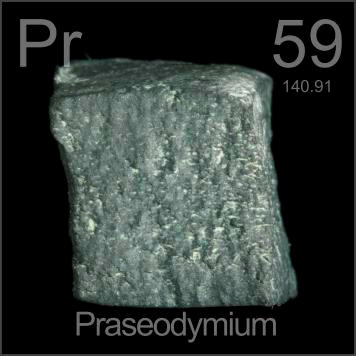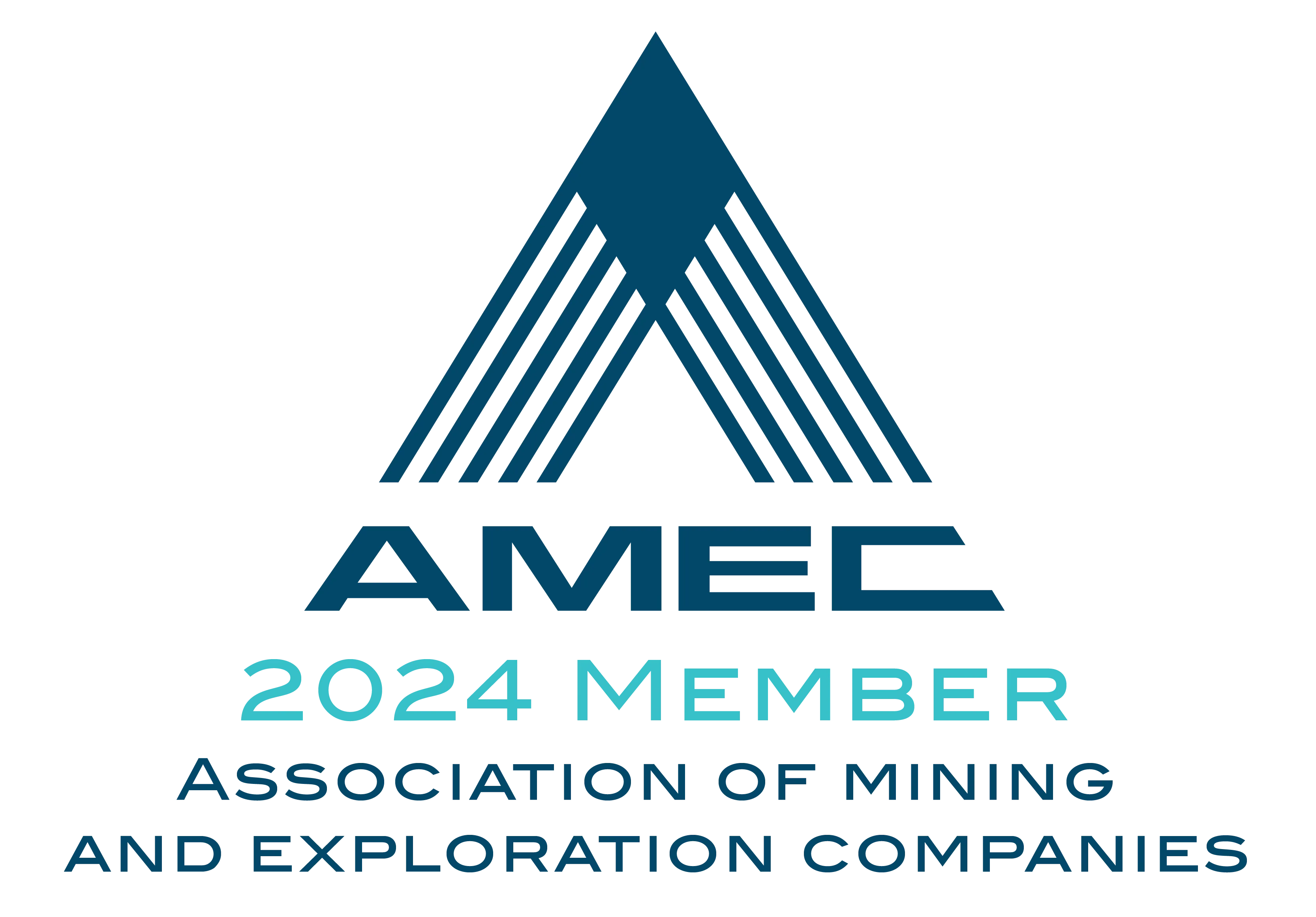REE
Rare Earth Elements
“Rare Earth Elements” (REE’s) are sometimes confused with “rare metals”, but they are different. Rare metals are the 47 elements that are widely used in high-tech products such as automobiles and electronic products, because they are difficult to separate and purify. Only 17 of the 47 rare metals are rare earths.

High Tech
Rare Earths – Vitamins for the high tech industry
Each element has similar chemical properties and is always found in a group of minerals, but it is important to note that each element has various uses that apply electronic and physical characteristics. Rare earth are called the “vitamins for high-tech industry”.
Separation
Purification
In natural resources, rare earth elements exist as a mixture, but it is necessary to separate each element when it is used. However, because of their similar chemical properties, advanced technology is required for the isolation and purification of these rare earths.
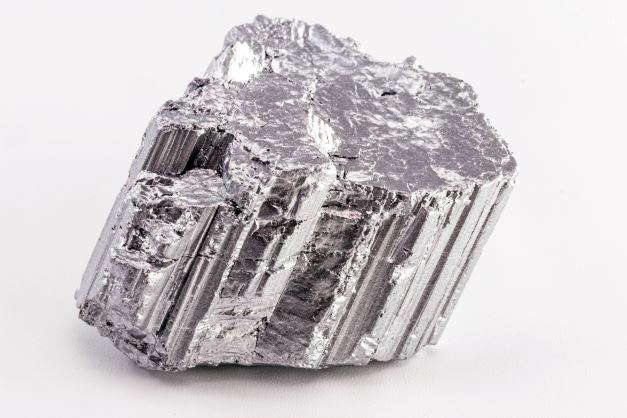

Features
REE Types
REE’s are split into the Light Rare Earth Elements (LREE’s) and the Heavy Rare Earth Element’s (HREE’s). The HREE’s are considerably less abundant and hence much more valuable than the LREE’s. Yttrium is considered a member of the HREE group.
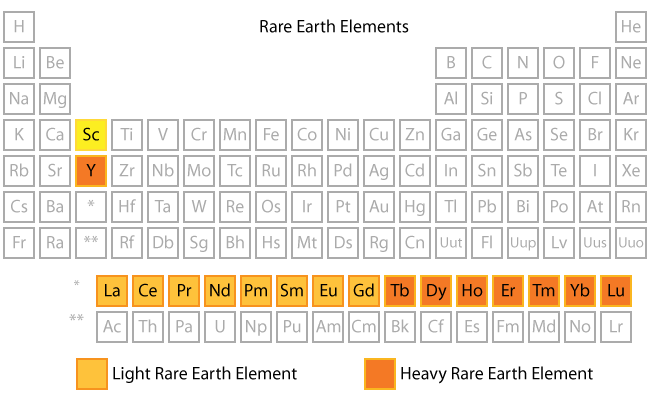
Industrial Uses of Critical HREE’s

Magnets / Power Generation
Rare earth magnets are used in wind turbines. Some large turbines require two TONS of rare earth magnets. These magnets are very strong and make the turbines highly efficient. Rare earth magnets are used in turbines and generators in many alternative energy applications.

Hydrogen Storage / Batteries
Many rechargeable batteries are made with rare earth compounds. Demand for the batteries is being driven by demand for portable electronic devices such as cell phones, readers, portable computers, and cameras. Several kilograms of rare earth compounds are in batteries that power every electric vehicle and hybrid-electric vehicle.

Water Treatment
Utilisation of REE for the treamtent and removal of Phosphorus in water using REE coagulants.

Catalysts
Needed in applications such as petroleum refining, chemical process, catalytic conversions and industrial pollution scrubbers

Metal Alloys
For advanced and high tech frames of next-generation electric and hydrogen vehicles.

Flourescent Smart Lighting
Smart florescent light for smart homes, pigments and fertilizers.

Ceramics
Creation of high spec capacitors, sensors, colorants and scintillartors.

Glass
For polishing compounds, precision optical and UV resistant glass and thermal control mirrors for solar power stations.

Electronics
Elements such as Europium was the essential material for producing the color images for medical imaging, lasers and optical temperature sensors.
Critical HREE’s
World Supply and Demand
China has been and remains the World’s dominant supplier of REE’s especially HREE’s from major hard rock, ferro – carbonatite hosted and soft rock, clay hosted resources. In terms of its total combined hard rock and clay resources China’s position will remain dominant.
This position is slowly declining as new discoveries are being made around the world, in especially Australia, Vietnam, Brazil, Africa and Russia. These will be brought on stream during the next decade. However as Figure 2 shows below, industrial demand is far outstripping any increase in supply. This situation will not change soon as lead times from discovery to production, especially in Western Economies, are from 5 to 15 years dependent upon the type of HREE deposit and the local regulatory regime.
Furthermore, the changing geopolitical – industrial imperative puts non-China end users under increasing supply strain.


IMPORTANT HREE’s DISCOVERED TO DATE
Albany Fraser Orogen
The potentially economic, regolith clay hosted, TREO prospects and projects defined to date in the Mid Proterozoic age Albany – Fraser Orogen of SW Western Australia have been discovered by ASX: OD6, as discussed below in more detail. Within the full range of TREO’s analysed for these prospects, the most important, in economic terms, are neodymium and praseodymium.
These two elements form vital constituents of the following commercial products:
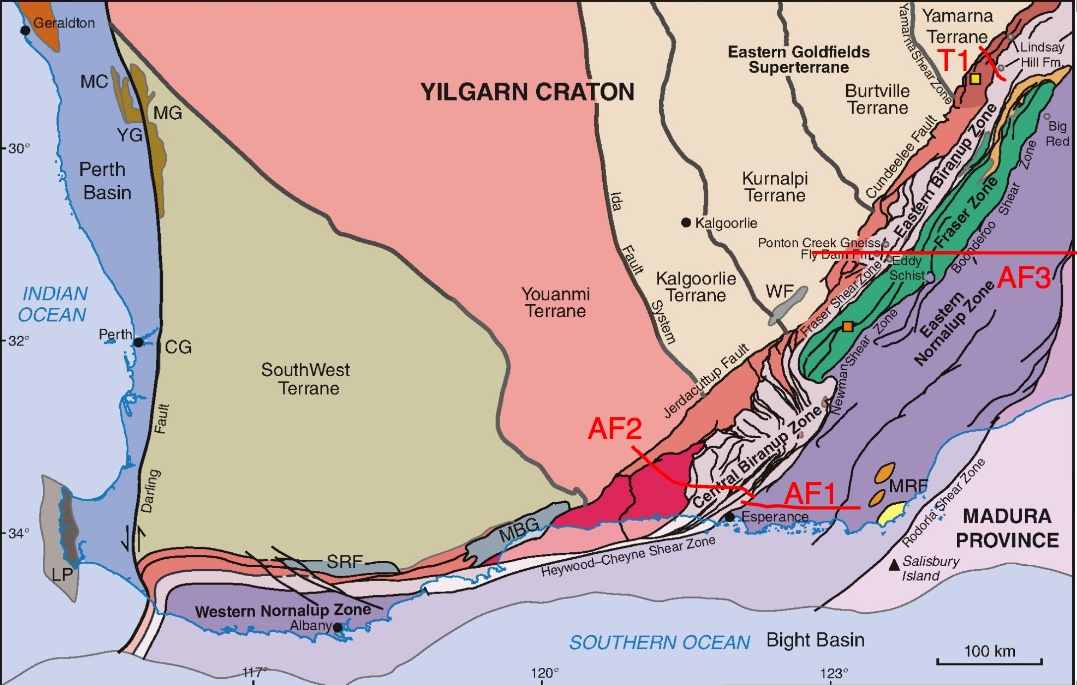

Neodymium - Today the largest demand for high-performance neodymium-iron-boron magnets is in the motors of electric and hybrid vehicles. For example, each Toyota Prius is reported to contain as much as 1 kg of neodymium in its motor. Neodymium magnets are also used in wind turbines, aeronautics and space. Other uses of neodymium include making a specialized glass used in protective goggles for welding and glass blowing, and in applications such as surgical lasers and laser pointers. Finally, it is used as a catalyst in polymerization reactions.
